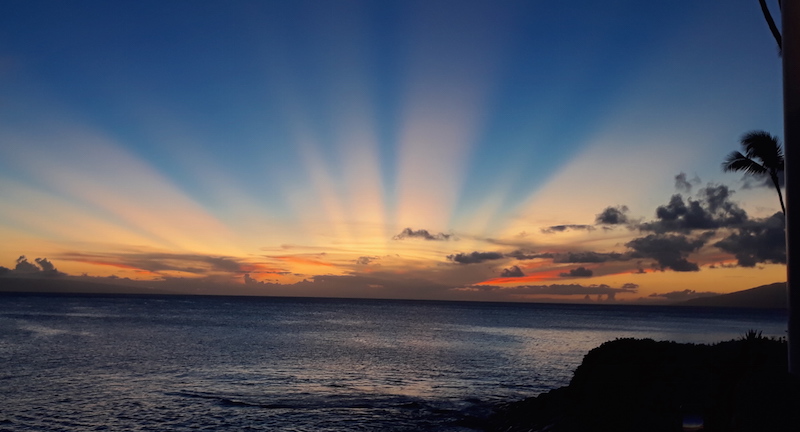
The Hawaiian word "moʻolelo" most often gets used to mean story, but it can also mean other things, such as history, legend, genealogy, tradition, and so on. When you look at the words that make up "moʻolelo," you can get a better sense of how Hawaiians understood these things. It is made up of "moʻo" and "ʻōlelo." Many of you probably already know the word moʻo and see their scaly green lizard bodies crawling along the wall. The meaning is a little different here though. If you ever see a moʻo's skeleton, you will see how its backbone is made up of similar yet slightly different bones that line up one after the other. That is why "moʻo" also means succession. It is a series of things that come one after the other, like points of a mountain ridge, something else that is called a moʻo. "ʻŌlelo" is the Hawaiian word for language or speaking, and some people say that that word is connected to the word for tongue: "alelo." When you put the meanings of "moʻo" and "ʻōlelo" together, you see that "moʻolelo" means something like "succession of talk" or "succession of language." This refers to how stories were told in traditional times here in Hawaiʻi. Before Hawaiians took up writing, their brains were their books and notebooks. Everything was transmitted orally and memorized. Moʻolelo were passed on when people just sat around talking, or more formally through a storyteller or orator, or even through hula and mele. Storytellers were highly valued by Hawaiians because they knew the histories of places and the genealogies of chiefs. Besides, everyone loves a good story!
Mahalo Kumukahi |